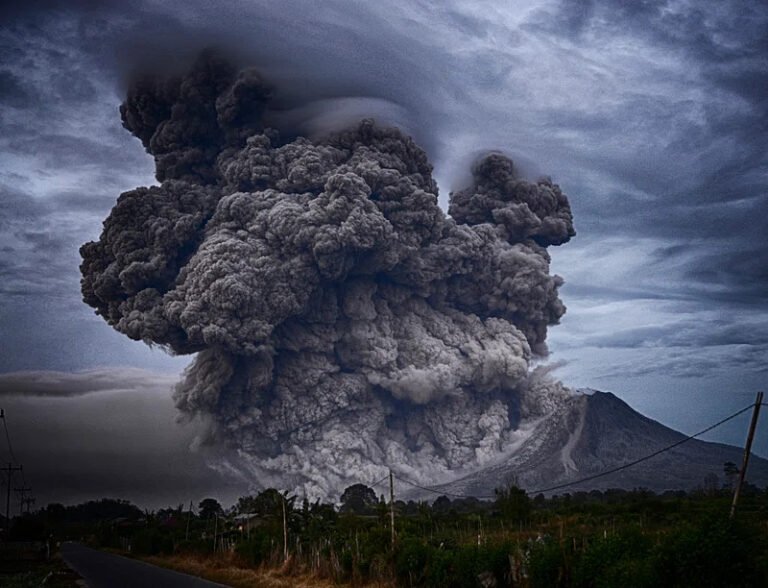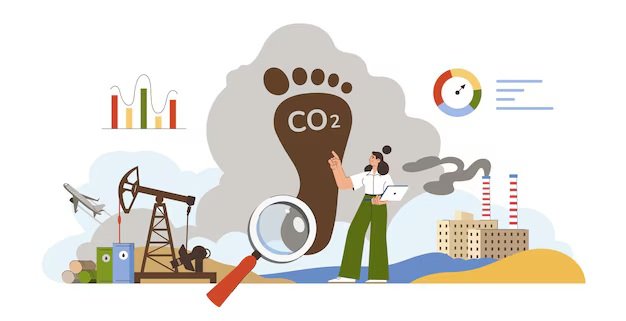Eco-Tourism Vs. Over-Tourism: The Balance for National Parks
The tourism industry, over the past few decades, has emerged as one of the fastest-growing sectors in the global economy, according to the United Nations World Tourism Organisation (UNWTO). The number of worldwide tourists reached an all-time high of 1.5 billion.
As the industry thrives, the concept of eco-tourism has gained traction, with major tourist destinations seeing an increased number of visitors in recent years. Eco-tourism focuses on prioritising sustainability in international tourism by implementing practices that minimise the impact of tourism.
It aims to protect environmental and cultural values while addressing issues of over-tourism, which can have detrimental effects on the environment and local communities.1
While international tourism supports local businesses and economic growth, the environmental impact of having too many visitors in one place cannot be overlooked.
According to a study, the increasing popularity of national parks in recent years is linked to the reopening of tourism after the COVID-19 pandemic. Over-tourism is not limited to urban areas; many national parks have also been affected.2
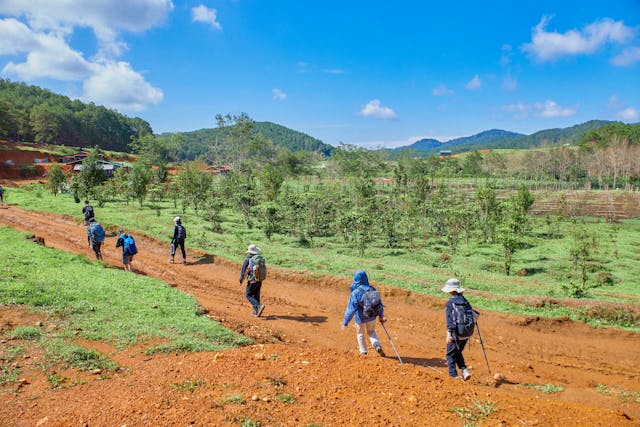
In This Article
- What Is Eco-Tourism?
- What Is Over-tourism?
- Tourism Development in Natural Protected Areas (Spain as a Case Study)
- Over-tourism in U.S. National Parks
- Case studies of balancing eco-tourism with the challenges of over-tourism in national parks
- Conclusion
- Sources
What Is Eco-Tourism?
According to the United Nations World Tourism Organisation, eco-tourism is defined as “ a form of tourism that aims to minimise the negative impacts on the natural and socio-cultural environment.” Ecotourism refers to responsible travel that prioritises sustainability and aims to improve the well-being of local communities.
The concept of eco-tourism is a strategy that supports conservation and provides income-generating opportunities for local communities.
Prioritising responsible travel can contribute to economic development and conservation of protected areas by generating revenue that can be used to manage these areas and foster a sense of community ownership.3
Countries worldwide have attractive tourist destinations, with millions visiting each year. Tourists choose their destination based on factors such as cultural diversity, customs, and wildlife. It’s said that eco-tourism is more widespread in developing countries than in developed ones.4
Many developing countries have tried to modernise their eco-tourism sector to achieve economic stability while minimising the environmental impact of over-tourism.5
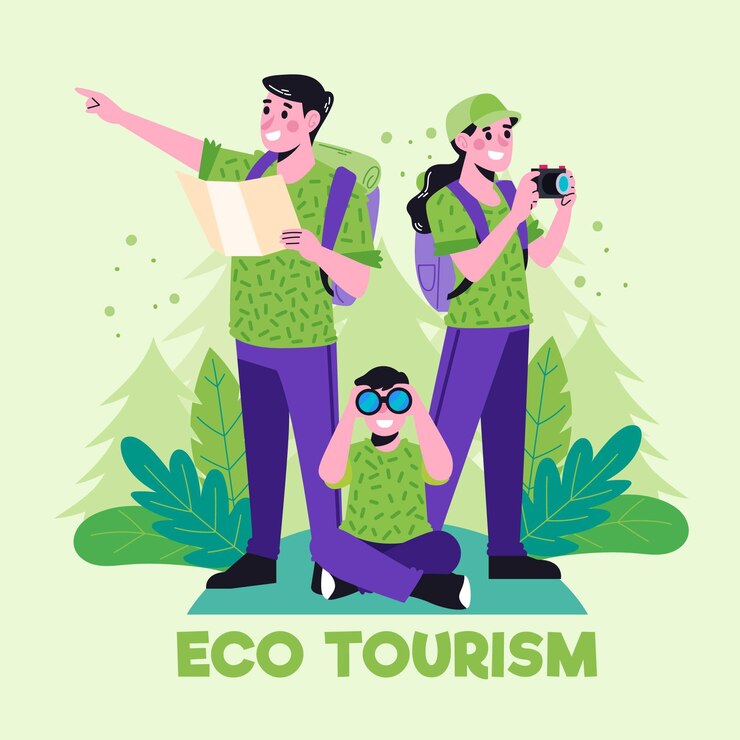
Learn more: The Environmental Impact of Pet Ownership and Sustainable Solutions
The Impact of Eco-Tourism
Eco-tourism offers tourists an opportunity to explore nature from a unique perspective while ensuring environmental sustainability and wildlife conservation.
However, despite its focus on protecting the environment and conserving nature, eco-tourism also has a negative impact. For instance, a meta-analysis of eco-tourism in national parks revealed that eco-tourism in Kosciuszko National Park has a negative impact on the environment. Due to the development of supporting infrastructure, many new species emerged, suppressing and killing endemic species.6
Reports from Volcanoes National Park in Rwanda also highlighted the negative effects of eco-tourism on local communities and conservation efforts. Eco-tourism was responsible for the unfair distribution of income, increased cost of living around the national park, and the underrepresentation of the community.
On the positive side, eco-tourism offers income-generating opportunities, creates jobs and supports local businesses, playing a role in the sustainable development of local communities.7
Eco-tourism fosters strong relationships between international visitors and locals, allowing tourists to learn and understand more about the diverse cultures and traditions of the local communities.
What Is Over-tourism?
Over-tourism is a growing concern that has emerged as the global population increases. It refers to the overcrowding of tourists at the same destination, which negatively impacts both the environment and local communities.
Over-tourism in national parks is a significant concern due to the environmental impact on nature and the consequences it has on tourists’ experiences. Reservation systems are an effective strategy to avoid overcrowding in tourist attractions and national parks.8

The Impact of Over-tourism
Over-tourism is polluting protected areas and some of the world’s most popular tourist destinations. In recent years, historic cities across Europe have seen a surge in visitor numbers, partly due to the increasing global population.
Tourist destinations in Italy, Croatia, and Spain have experienced a rise in visitors. Over-tourism is common in cities like Venice and Dubrovnik—two European cities known for their narrow, old street. More visitors mean congestion in foot traffic in these narrow streets.
Tourist overcrowding in cities leads to littering, increased carbon emissions due to transportation choices, excessive energy consumption, and other negative impacts.
Over-tourism in Europe has also sparked anti-tourism protests. In the last few years, protests have occurred in popular international tourist favourite destinations like Venice, Rome, Dubrovnik, Barcelona, and the Balearic Islands.
Anti-Tourism Protest In Spain Due to Over-tourism
In July of this year, thousands of protesters stormed different cities across Spain. According to a news report by Euronews, thousands of protesters demonstrated in Mallorca against what they describe as the negative impact of over-tourism.9
According to Euronews, organisers of the protest say the rising number of tourists is responsible for the loss of quality of life, high cost of living, noise, and wage stagnation. The protesters voiced their frustration on how renting or buying a house has become increasingly difficult in Mallorca.
Residents of Barcelona, one of the most visited European cities, were also involved in the anti-tourism protest. In July, about 3,000 protesters took to the streets of Barcelona yelling “Tourists go home,” according to Euronews.10
The protesters were concerned and demanded that action be taken before the summer season, which is expected to be the period that brings even more tourists to the region.
Barcelona receives about 12 million tourists each year, which far exceeds its population of 1.6 million. The city is at the centre of discussion about the rapid growth of tourism in urban areas, particularly during peak holidays.11
Consequences Applied to the Destination of Calanques, France
Over-tourism can result in environmental degradation. In the Calanques region of Marseille, France, over-tourism has led to significant environmental problems.
In 2023, the National Park of Calanques was classified as one of the tourist destinations to avoid due to increased erosion in the area, which the National Park of Calanques confirmed was caused by over-tourism.12
Over-tourism affects the environment, especially with plastic waste from different types of items discarded by tourists. The National Park of Calanques has made efforts to reduce waste generated by visitors.
The park has implemented and participated in various green initiatives to reduce waste, such as coastal clean-up days at Cap Canaille, Cap Croisette, Les Goudes, Callelongue, and En-Vau, as well as campaigns like “Plastic Pirates” and “Good Habits in Flagrant Delict” in 2019 and 2020.13
Tourism Development in Natural Protected Areas (Spain as a Case Study)
Natural protected areas across the world receive billions of visitors each year. Tourism in national parks contributes to the global economy. Spain is one of the most visited countries worldwide, and tourism in its national parks has increased by 77% in the past two decades.
Tourism in protected areas requires the best knowledge, management and planning to handle the influx of tourists. The growing global concern regarding the environment is due to the unsustainable habits associated with tourism.
Over-tourism has become an issue, and green initiatives are fast emerging to implement sustainability in tourism. A journey for a lifetime experience, planned for months, is usually for the fun of it, as tourists hardly pay attention to how their visit can negatively impact the environment.
In most national parks in Spain, overcrowding occurs at certain times of the year—the national parks of El Teide, Timanfaya and Sierra de Guadarrama are getting more visits as they are located near tourist and urban areas.
The number of tourists visiting protected areas has increased in recent years. National parks near tourist areas are particularly affected.14 Knowing a national park is a mile away from their destination, inquisitive tourists will often visit these national parks for the experience.
Tourism Impact on the Ecosystem
For visitors and hikers, the environmental impact includes vegetation damage, landscape changes, water and air pollution, wildlife disturbance, light pollution, and the introduction of invasive species.
Additionally, outdoor activities such as hiking, cycling, horseback riding, and wildlife observation can impact the environment by reducing vegetation cover, habitat disturbance, and creating imbalances in the food chain.15
Over-tourism in U.S. National Parks
U.S. National Parks have also seen an increase in visitors in recent years. Prioritizing the conservation of nature, the National Park Service was established in 1916 to preserve cultural resources for educational and recreational benefits for present and future generations.16
As one of the most visited countries in the world with a large population, overcrowding in U.S. National Parks remains a problem—it has become worse due to the concentration of crowds in the most popular parks, which negatively impacts the environment.
According to a study, alternative transportation systems were implemented at certain U.S. National Parks to prevent traffic congestion, but these measures will not reduce the number of visitors to national parks.17
Case studies of balancing eco-tourism with the challenges of over-tourism in national parks
Yellow Stone National Park, United States
Yellowstone National Park is a very popular site that receives millions of visitors each year—with more visits during peak summer months. The world’s first national park is a unique destination of its own that millions of people want to explore.
Due to overcrowding at the park, there has been increased wildlife disturbance and damage to the natural environment. To avoid further damage, the national park implemented effective strategies to ensure environmental sustainability.
The Park introduced timed entry systems to control the crowd during peak seasons, which proved to be effective in reducing congestion and the potential risk of wildlife disturbance. Visitors are restricted from entering certain areas during peak seasons—a strategy implemented to protect sensitive ecosystems.
Additionally, Yellowstone organises educational campaigns and offers visitor centres in a bid to encourage the prioritization of sustainability by visitors during their time at the park.
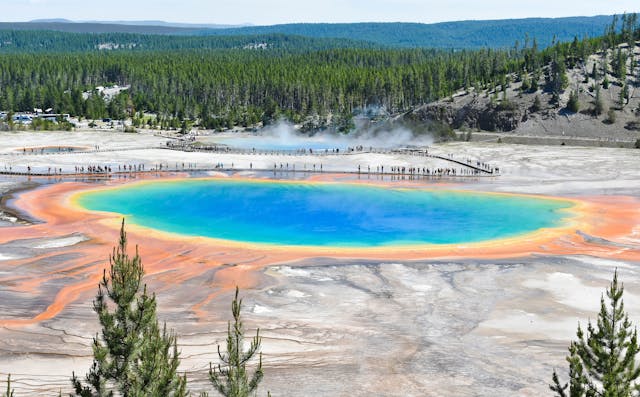
Galápagos Island, Ecuador
Located in the Pacific, miles off the west coast of Ecuador, the Galápagos Island is a UNESCO World Heritage site and one of the most popular tourist destinations in the world.
Due to the island’s popularity and the issue of over-tourism, there has been some concern regarding the sustainability of the island’s unique ecosystems. Over-tourism in recent years has led to the destruction of natural habitats, endangering native species with the introduction of invasive species.
To prevent environmental degradation in Galápagos, the Ecuadoran government introduced effective measures to reduce the number of visitors coming to the island. The new rules require visitors to obtain a permit before they can visit the islands.
The Ecuadorian government imposed restrictions on the size of tour groups and types of accommodations permitted on the Galápagos Island.
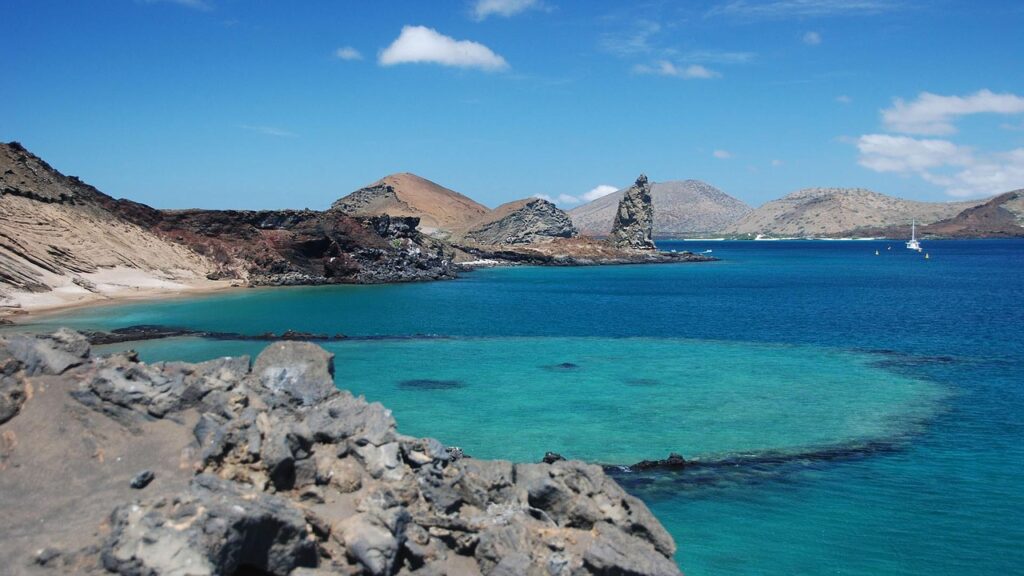
Banff National Park, Canada
Banff National Park faces various challenges due to over-tourism, as more visitors come to the site to explore the stunning mountain scenery. In recent years, Banff has seen more visitors, which has led to traffic congestion and wildlife disturbance.
To minimize the carbon footprint of its millions of visitors, Banff introduced shuttle services within the national park—a strategy that has helped to reduce carbon emissions and traffic congestion.18
Banff has also developed infrastructural designs to protect fragile vegetation. Designated viewing areas at popular sites within the park help to manage overcrowding and preserve nature. Additionally, Banff educates visitors on the importance of environmental sustainability in a bid to reduce their carbon footprint, especially during the peak seasons.
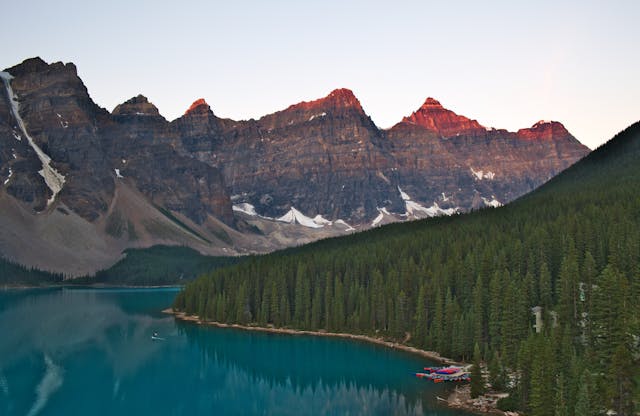
Machu Picchu, Peru
Machu Picchu, the ancient Incan city discovered over a hundred years ago remains one of the most visited tourist destinations. In recent years, over-tourism has become a significant issue at Machu Picchu.
The thousands of tourists visiting the archaeological site have led to the destruction of ancient structures and an increase in littering, particularly with single-use plastics.
The Peruvian government took responsibility for protecting the ancient Incan city by implementing effective measures to reduce the number of visitors. For example, the government’s introduced a ticketed system, which requires tourists to choose a particular time slot for their visit.19
This initiative by the Peruvian government has helped in reducing overcrowding in Machu Picchu, preserving the ancient structures of the city.
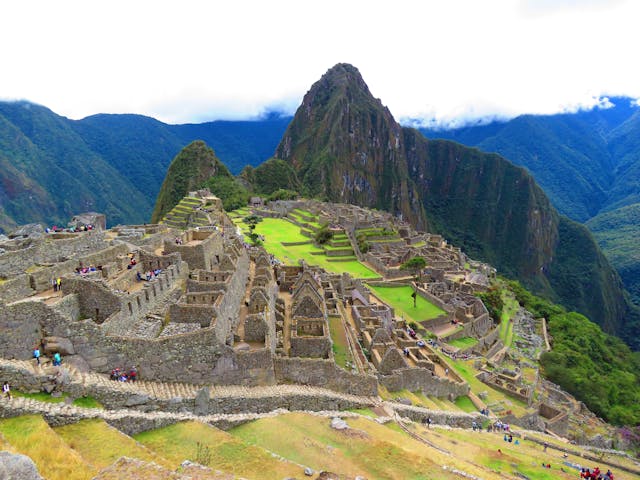
Phuket, Thailand
Phuket’s national parks have emerged as one of the most popular tourist destinations, with more visitors eager to experience the stunning beaches and coral reefs at the national parks, including Similan and Phi Phi Islands.
Overcrowding in Phuket’s national parks has led to environmental issues such as littering and the disturbance of marine habitats. Protective measures have been implemented by the Thai authorities to conserve biodiversity at the national parks.
The seasonal closure of some of the islands has been an effective strategy to prevent overcrowding and allow ecosystems to recover from unsustainable tourist habits.
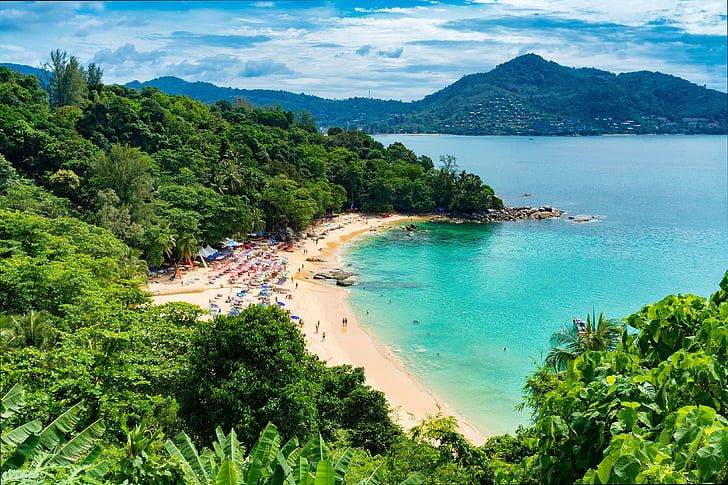
Cinque Terre National Park, Italy
Cinque Terre National Park is one of Italy’s popular tourist destinations. As a UNESCO World Heritage site, it has been impacted environmentally due to overcrowding.
Recognizing the effects of over-tourism, the park implemented a visitor cap strategy to reduce the number of people allowed to visit in a day and ensure environmental sustainability.
Limiting the number of tourists visiting the area has also lessened the impact on the narrow streets and hiking trails connecting local communities. Additionally, there is also a restriction in the area regarding the number of cruise ships allowed to dock in the nearby ports.
Cinque Terre National Park has also launched a green initiative to reduce waste generation and emissions from transportation.
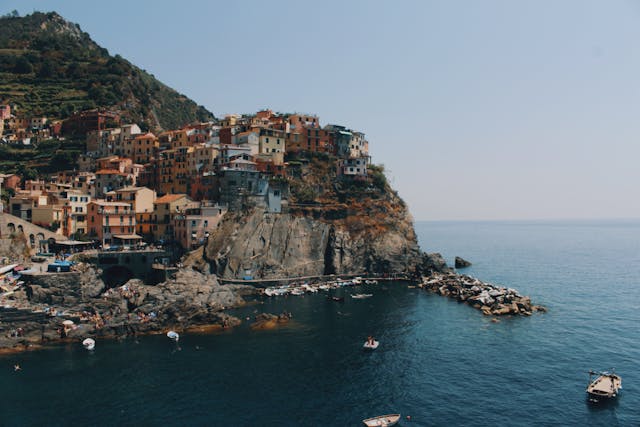
Conclusion
Eco-tourism is a strategy that supports conservation and provides income-generating opportunities for local communities. While eco-tourism is focused on protecting the environment and conserving nature in general, it also has negative impacts.
Over-tourism is a growing concern in tourist attractions, particularly in developing countries. It leads to environmental degradation that affects communities and causes wildlife disturbance.
Sources
- KaitlynBra. (2024, August 15). What is overtourism and why is it a problem? Sustainable Travel International. ↩︎
- A Method of Overtourism Optimisation for National Parks (Case: Stołowe Mts. National Park, Poland). (n.d.). ResearchGate. ↩︎
- Patnaik, M. (2019, January 21). What is ecotourism and why is it important? Toronto School of Management. ↩︎
- Das, M., & Chatterjee, B. (2015). Ecotourism: A panacea or a predicament? Tourism Management Perspectives, 14, 3–16. ↩︎
- Samal, R., & Dash, M. (2023). Ecotourism, biodiversity conservation and livelihoods: Understanding the convergence and divergence. International Journal of Geoheritage and Parks, 11(1), 1–20. ↩︎
- Jalan Hendrik Timang et al: “The meta-analysis of Ecotourism in National Parks.” ↩︎
- Patnaik, M. (2019, January 21). What is ecotourism and why is it important? Toronto School of Management. ↩︎
- Catarina Monteiro: “Trekking Through the Crowds: Overtourism at U.S. National Parks.” ↩︎
- Euronews. (2024, July 21). Thousands in Mallorca demand “less tourism, more life” in pushback against overtourism. Euronews. ↩︎
- Hughes, R. A. (2024, July 8). Barcelona protesters spray visitors with water: Why has Europe fallen out of love with tourism? Euronews.
↩︎ - Claudio Milano et al: “Overtourism: a growing global problem,” ↩︎
- Litter in the Calanques | Parc national des calanques. (n.d.). ↩︎
- Litter in the Calanques | Parc national des calanques. (n.d.). ↩︎
- González-Domingo, A., Fosse J., Costa-Salavedra, C., (2021). Managing (over)tourism in Natural Protected Areas: Learnings from National Parks in Spain and in Europe. NATUR Project: Conserving and Escaping Overtourism. Ed. eco-union. Barcelona. Proyecto NATUR: Conservar y Evitar la Masificación. Ed. eco-union. Barcelona ↩︎
- Célia GARRIC: “Managing the destinations: from over-tourism to responsible tourism, The case of the National Park of Calanques.” ↩︎
- Catarina Monteiro: “Trekking Through the Crowds: Overtourism at U.S. National Parks.” ↩︎
- Catarina Monteiro: “Trekking Through the Crowds: Overtourism at U.S. National Parks.” ↩︎
- Parks Canada Agency, Government of Canada. (2023, September 18). Banff National Park of Canada Management Plan, 2022. Banff National Park. ↩︎
- Coldwell, W. (2019, May 16). Machu Picchu to trial timed entry tickets in bid to control tourist numbers. The Guardian. ↩︎

